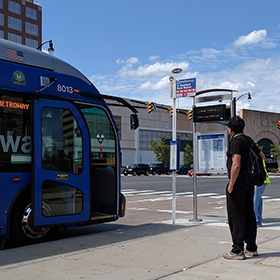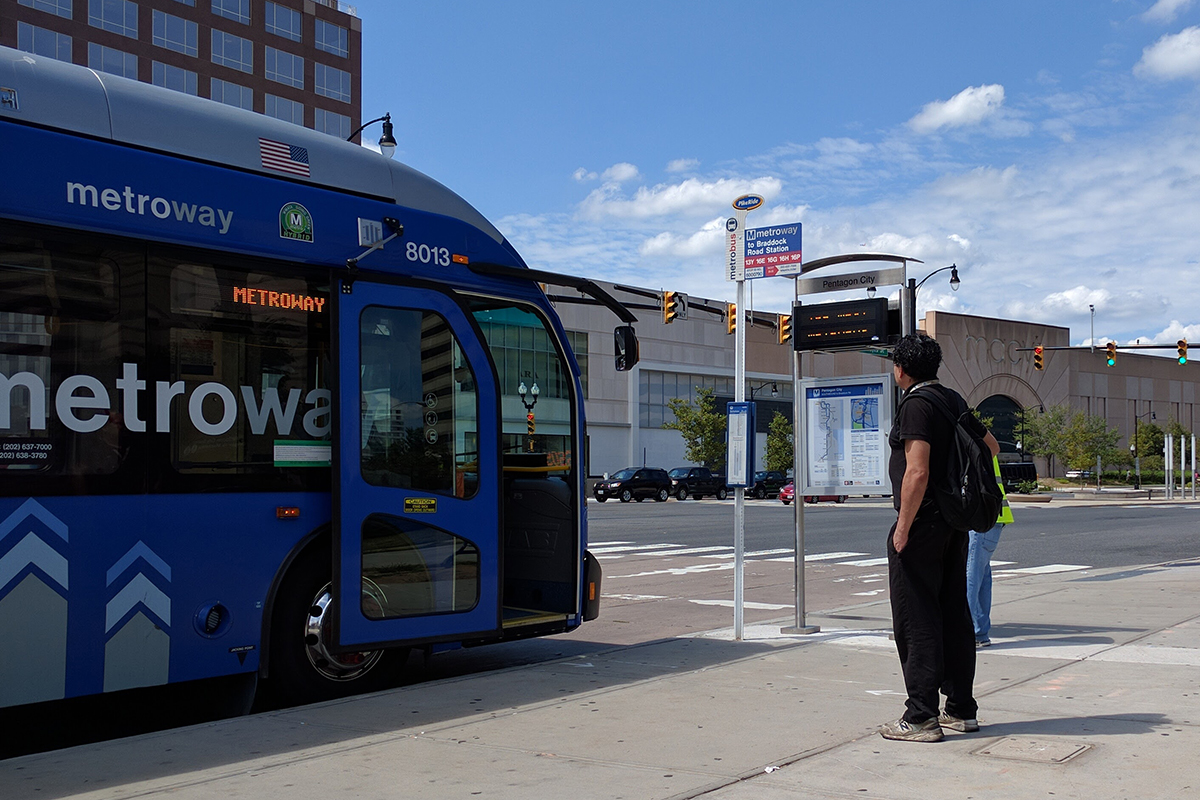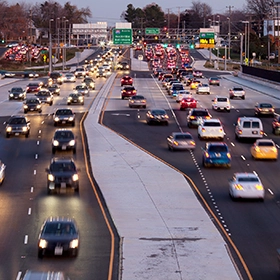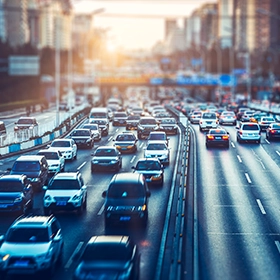Home » News & Resources » Transit Ridership » Public Transit Ridership and Its New “Normal”

Public Transit Ridership and Its New "Normal"
One of the industries mostly affected with the COVID-19 pandemic was the public transit and its ridership. As lockdown procedures started back in spring of 2020, more people had the option of working remotely. Initially, the transit industry thought it would be a matter of just a few weeks. Still to this date, at the final stages of 2021, public transit has not gone back to normal.
Public Transit Ridership and Its New "Normal"
Published: 01/15/2022

One of the industries mostly affected with the COVID-19 pandemic was the public transit and its ridership. As lockdown procedures started back in spring of 2020, more people had the option of working remotely. Initially, the transit industry thought it would be a matter of just a few weeks. Still to this date, at the final stages of 2021, public transit has not gone back to normal.
The hopes of going back to normalcy dwindles with each wave of the pandemic; from the original COVID-19 wave, to the present time, with the Omicron variant. And public transit have done their absolute best to cope with these challenges.
Ridership experienced an uptick after several months being an all-time low. Employers enticing (or mandating) employees to come back to work onsite. But this uptick doesn't even come close to normal ridership levels.
Other employers have decided to keep their employees working from home fully. They saw advantages in the productivity in their employees. Less sick time, and also they found work/life balance, finding more time in their day now that they don't need to commute daily. This can also save a lot of money for employers, with office space/leasing costs.
Some companies opted for flexible remote work but also work onsite at least 2-3 times a week; which may have contributed to the slight increase of ridership.
Public transit has relied on at least two waves of relief funding. This has kept them afloat during these trying times. According to a report from the American Public Transportation Association, public transit authorities still face a projected fall of $39.3 billion through the end of 2023. With these projections, it might take a few years to go back to a new "normal".
How local public transit & its ridership were affected
At the end of March 2020, WMATA reported metrorail ridership less than a tenth of its normal level. Also, bus ridership reduced to up to 75%. Today, WMATA is still operating with 70 percent fewer riders on average weekdays as the region recovers from the pandemic.
The Free Lance-Star stated that VRE revenue for the first quarter of this fiscal year is $2.2 million below budget, down 48 percent. This is according to the Virginia Railway Express CEO Report. Federal COVID-19 funding has helped ease VRE’s revenue shortfall.
In September 2021, DASH launched the Fare-Free DASH Network. This consists of re-designing the bus network, and offering service free of charge. DASH reported an increase of 26% in September with free fares from previous month, and 76.4% increase from Sept 2020.
At the time of writing this article, the new Omicron variant has been detected in the nation, putting in jeopardy the hopes of public transit going back to normal. With the vaccine availability, COVID-19 policies and testing, we might just dodge another lockdown.
Categories
Public TransitTransit Ridership
Mask Mandate
Commuters/Commuting
Transit Display/Digital Signage
Accessibility Commuter Rail
Recent Posts

Washington DC Traffic Ranked Second Worst in the US
Traffic can be a daily nuisance. It’s a daily challenge that people commuting need to go through morning and afternoon. It causes stress, hinders the environment and even costs more than using public transportation.

Congestion Pricing as a Solution for Traffic
Congestion pricing is a way to increase prices without increasing supply. Â This concept is not only used in the transportation industry. Utilities such as electricity varies their prices depending on demand; such as time of day or season of the year.